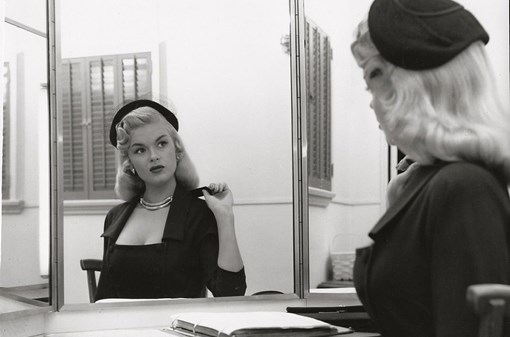- Začátek: st 27. srpna 2025
- Čas:15:15 - 16:45
- Místo akce:
sál Středočeského kraje (hrad – spilka pivovaru)
sál Středočeského kraje - Region: Hrad Křivoklát
- Kategorie: Noir v soudní síni
- Kapacita akce:72
Jedním z mnoha filmů, ve kterých Edward G. Robinson potvrdil svou hereckou extratřídu, je noirové drama Ilegální, jež v produkci Warner Bros. režíroval Lewis Allen. Robinson zde hraje okresního prokurátora Victora Scotta, jehož mimořádné rétorické a argumentační schopnosti dostanou v ostře sledovaném případu vraždy do cely smrti nevinného člověka. Scott ale není zákeřná zrůda a když se objeví očišťující doznání někoho jiného, pokusí se nebohého odsouzeného zachránit. Bohužel to nestihne a tento ojedinělý profesní lapsus u něj vede k prudkému profesnímu a osobnímu pádu. Snímek se vyznačuje přesvědčivým vykreslením soudního, respektive právnického prostředí, což je ve stejné míře zásluha kamery (J. Peverell Marley), výpravy (Stanley Fleischer) a scénáře (společná práce W. R. Burnetta a Jamese R. Webba). V jedné scéně jsou součásti mizanscény obrazy od Degase a Gaugina, které produkci zapůjčil sám Robinson, vášnivý sběratel umění. (mh)
___________________________________________________________________________________
One of the many films in which Edward G. Robinson confirmed his acting excellence is the noir drama Illegal, produced by Warner Bros. and directed by Lewis Allen. Here, Robinson plays Victor Scott, a district attorney who has such rhetorical and argumentative skills that he puts an innocent man on death row in a high-profile murder case. But Scott is not a malicious monster, and when someone else's exonerating confession is discovered, he tries to save the poor convict. Unfortunately, he doesn't make it on time, and this singular professional lapse leads to a precipitous professional and personal downfall for him. The film is distinguished by its convincing depiction of the legal environment, which is due in equal measure to the cinematography (J. Peverell Marley), the production design (Stanley Fleischer) and the screenplay (a collaborative effort by W. R. Burnett and James R. Webb). In one scene, paintings by Degas and Gaugin are part of the mise-en-scene, lent to the production by Robinson himself, an avid art collector. (mh)


